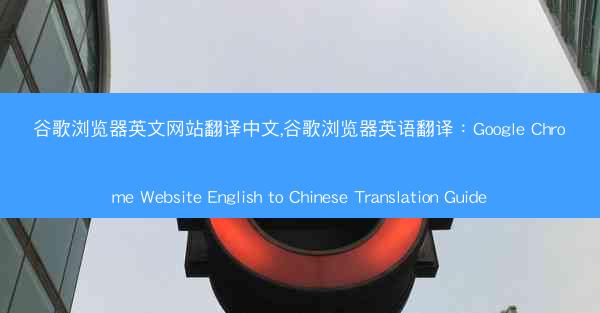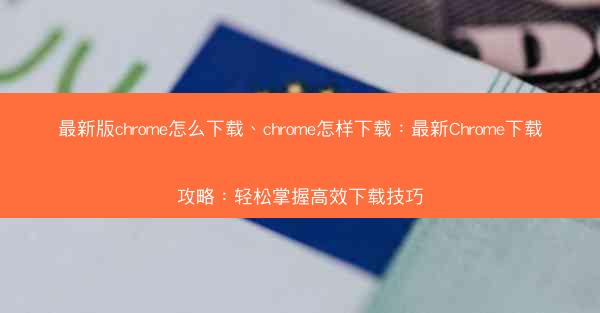
Introduction to Google Chrome Website English to Chinese Translation Guide
In today's globalized world, the ability to navigate and understand content in different languages is crucial. Google Chrome, one of the most popular web browsers, offers a convenient feature that allows users to translate web pages from English to Chinese and vice versa. This guide aims to explore the process of translating English websites using Google Chrome, providing readers with a comprehensive understanding of the tool and its applications.
Understanding the Translation Feature
1. Accessing the Translation Tool
Google Chrome's translation feature is easily accessible. Users can right-click on any English text on a website and select Translate to Chinese from the context menu. This simple step initiates the translation process.
2. Automatic Detection
One of the standout features of Google Chrome's translation tool is its ability to automatically detect the language of the web page. This saves users the time and effort of manually selecting the source language.
3. Quality of Translation
While Google Chrome's translation tool is generally accurate, it's important to note that it may not always capture the nuances of the original text. Users should exercise caution when relying on translations for critical information.
Customizing Translation Settings
1. Language Preferences
Users can customize their language preferences in Google Chrome to automatically translate web pages into their preferred language. This setting can be adjusted in the browser's settings menu.
2. Translation Options
The translation tool offers various options, such as showing the original text alongside the translation, which can be helpful for users who are learning English or Chinese.
3. Feedback and Suggestions
Users can provide feedback on the translation quality, which helps improve the accuracy of future translations. This feature encourages a community-driven approach to enhancing the translation tool.
Advantages of Translating English Websites
1. Access to Global Content
Translating English websites allows users to access a vast array of global content, including news, research papers, and entertainment.
2. Language Learning
For language learners, translating English websites into Chinese can be an effective way to practice reading comprehension and expand vocabulary.
3. Business and Professional Use
In a professional setting, the ability to translate English websites into Chinese can be invaluable for international business and collaboration.
4. Cultural Exchange
Translations facilitate cultural exchange by breaking down language barriers and promoting understanding between different communities.
Challenges and Limitations
1. Contextual Accuracy
Translations may not always capture the context of the original text, leading to potential misunderstandings.
2. Cultural Differences
Certain cultural nuances may not be effectively translated, impacting the overall understanding of the content.
3. Privacy Concerns
Some users may have privacy concerns about their data being used for translation purposes.
4. Technical Limitations
The translation tool may not be able to translate complex technical or scientific content accurately.
Future Developments and Recommendations
1. Continuous Improvement
Ongoing improvements in machine learning and artificial intelligence can enhance the accuracy and quality of translations.
2. User Education
Educating users on the limitations of machine translations can help them make informed decisions about when and how to use the tool.
3. Collaboration with Language Experts
Collaborating with professional translators and linguists can further refine the translation tool and ensure cultural accuracy.
4. Privacy Enhancements
Addressing privacy concerns through transparent data usage policies can build trust among users.
In conclusion, Google Chrome's translation feature offers a convenient and efficient way to translate English websites into Chinese. While it has its limitations, the tool continues to evolve and improve. By understanding its capabilities and limitations, users can make the most of this valuable feature and bridge the language gap in the digital world.



















